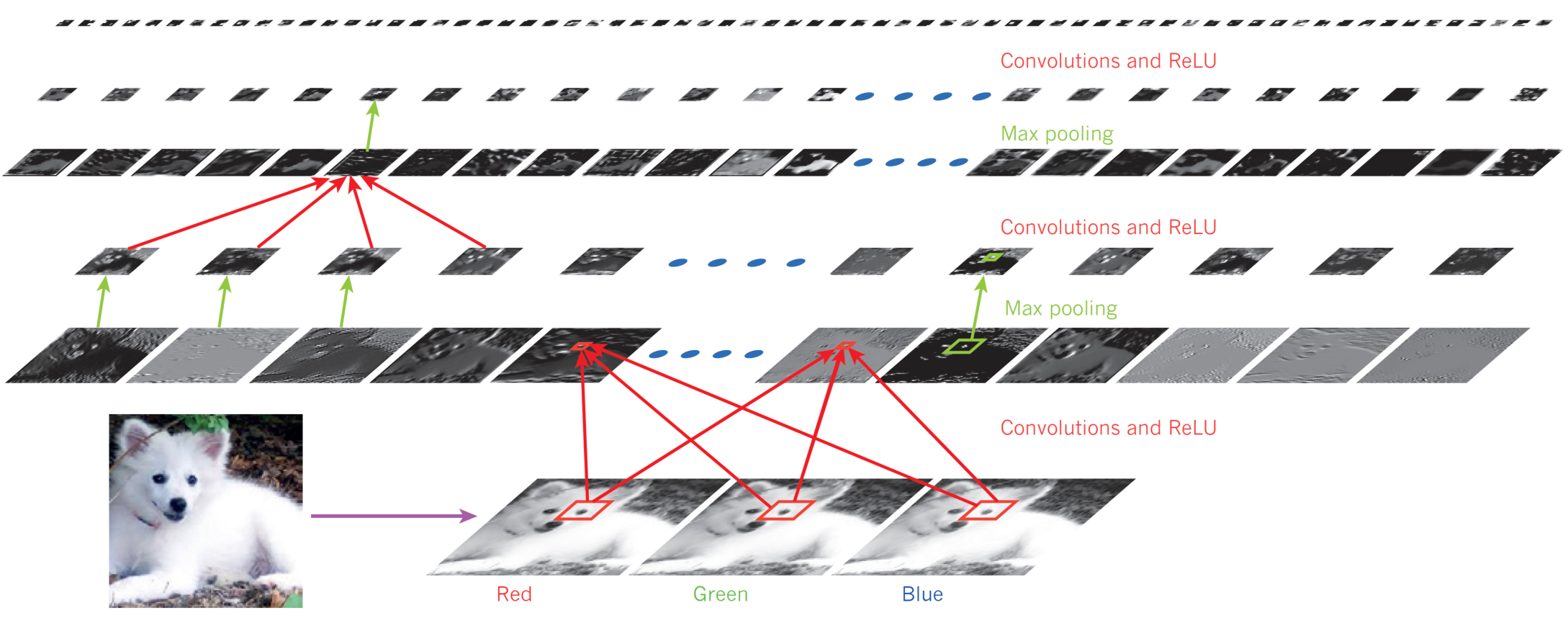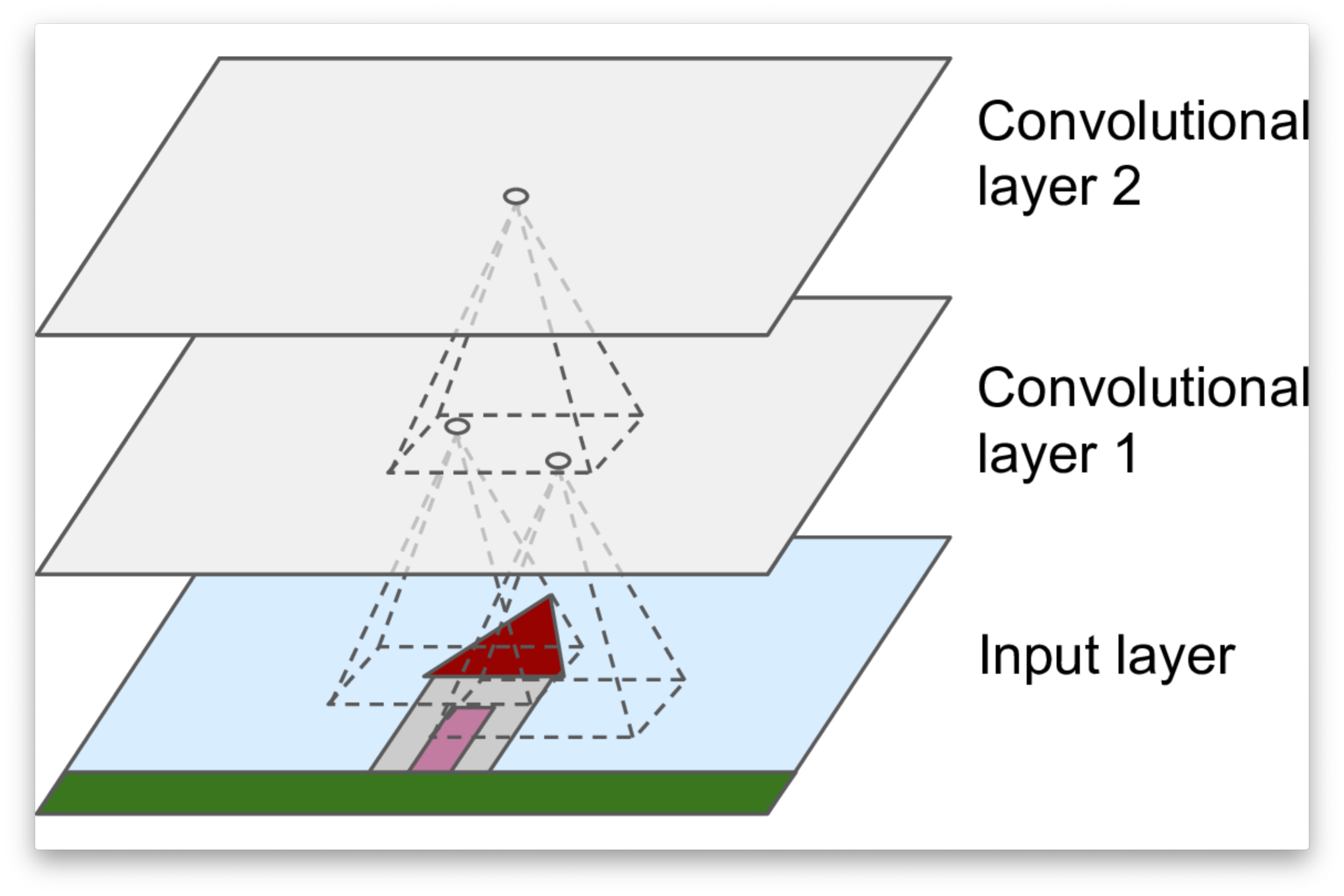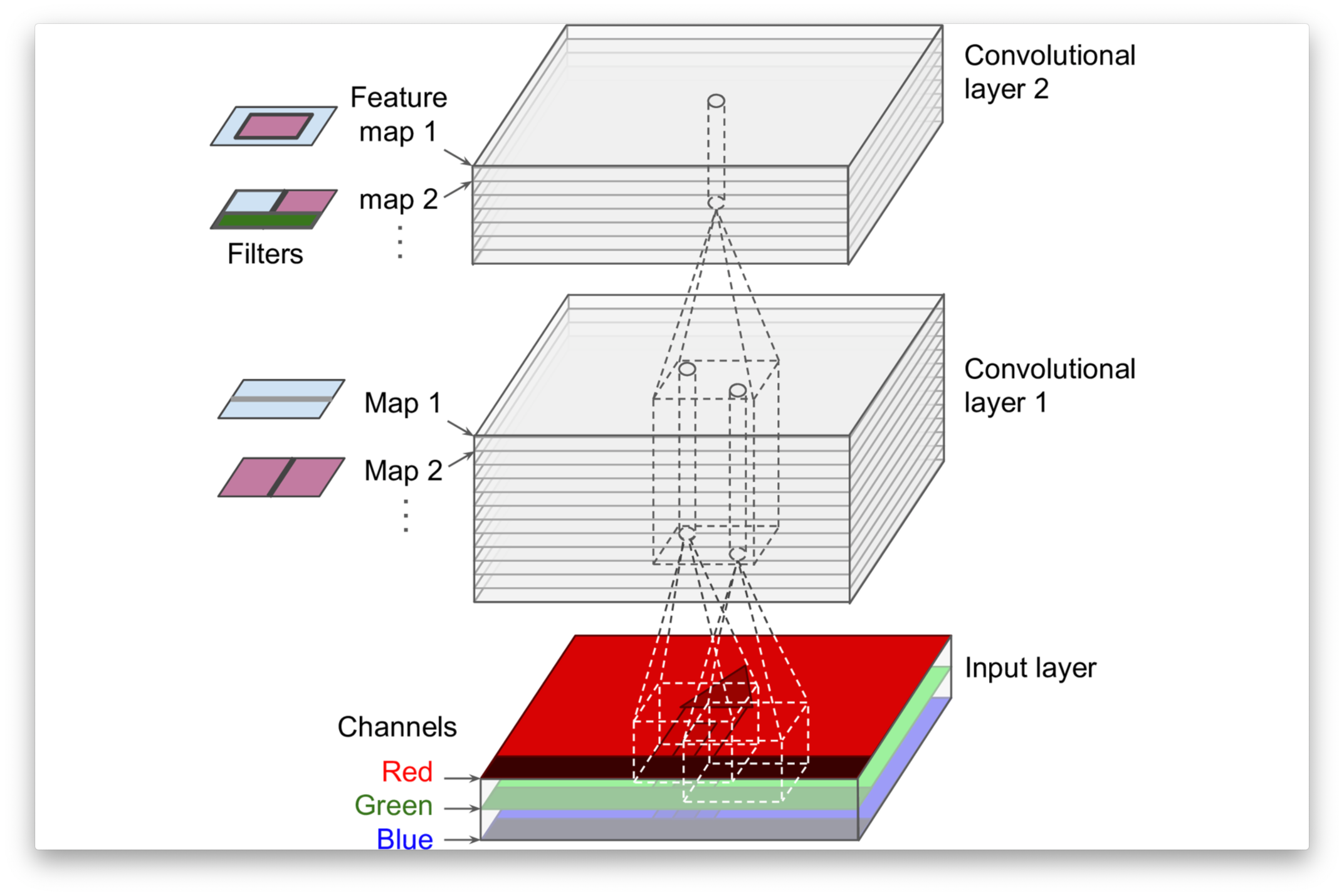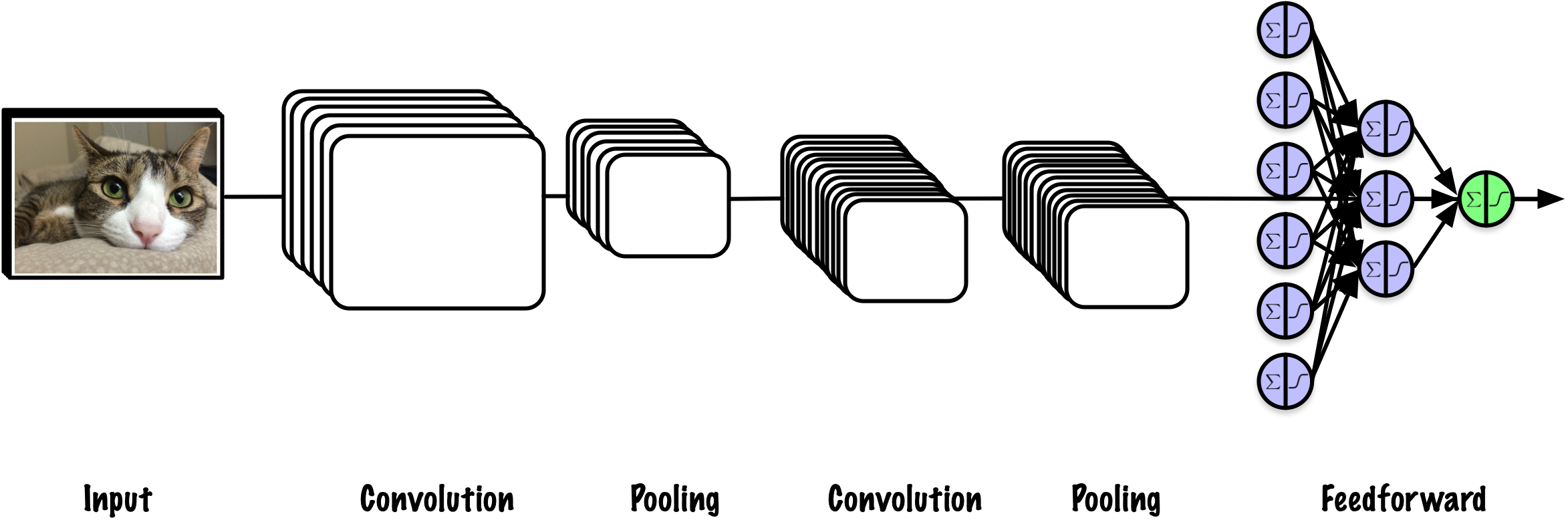Géron, Aurélien. 2019. Hands-on Machine Learning with Scikit-Learn, Keras, and TensorFlow. 2nd ed. O’Reilly Media.
———. 2022. Hands-on Machine Learning with Scikit-Learn, Keras, and TensorFlow. 3rd ed. O’Reilly Media, Inc.
Goodfellow, Ian, Yoshua Bengio, and Aaron Courville. 2016.
Deep Learning. Adaptive Computation and Machine Learning. MIT Press.
https://dblp.org/rec/books/daglib/0040158.
Krizhevsky, Alex, Ilya Sutskever, and Geoffrey E Hinton. 2012.
“ImageNet Classification with Deep Convolutional Neural Networks.” In
Advances in Neural Information Processing Systems, edited by F. Pereira, C. J. Burges, L. Bottou, and K. Q. Weinberger. Vol. 25. Curran Associates, Inc.
https://proceedings.neurips.cc/paper_files/paper/2012/file/c399862d3b9d6b76c8436e924a68c45b-Paper.pdf.
LeCun, Yann, Yoshua Bengio, and Geoffrey Hinton. 2015.
“Deep Learning.” Nature 521 (7553): 436–44.
https://doi.org/10.1038/nature14539.
Lecun, Y., L. Bottou, Y. Bengio, and P. Haffner. 1998.
“Gradient-Based Learning Applied to Document Recognition.” Proceedings of the IEEE 86 (11): 2278–2324.
https://doi.org/10.1109/5.726791.
Prince, Simon J. D. 2023.
Understanding Deep Learning. The MIT Press.
http://udlbook.com.
Russell, Stuart, and Peter Norvig. 2020.
Artificial Intelligence: A Modern Approach. 4th ed. Pearson.
http://aima.cs.berkeley.edu/.
Simonyan, Karen, and Andrew Zisserman. 2015. “Very Deep Convolutional Networks for Large-Scale Image Recognition.” In International Conference on Learning Representations.




























